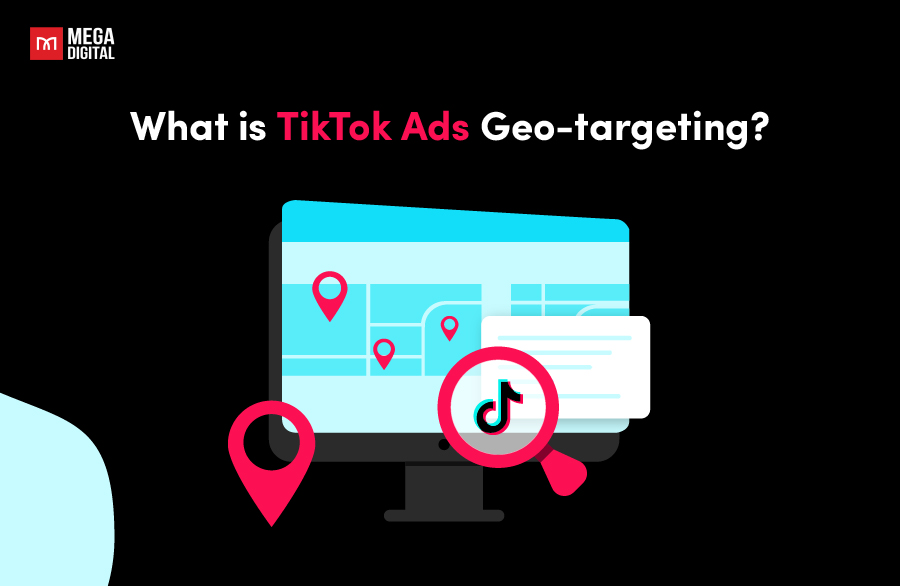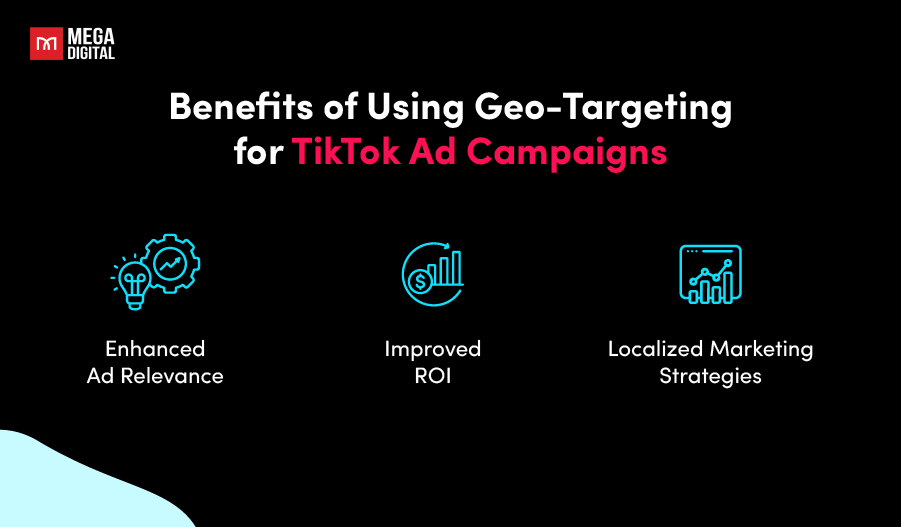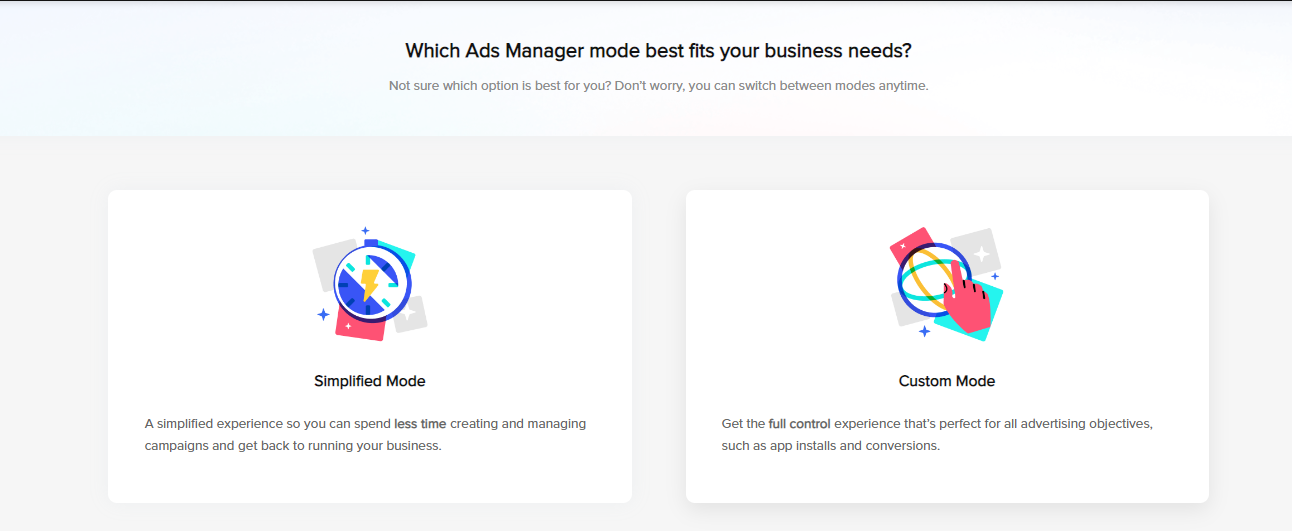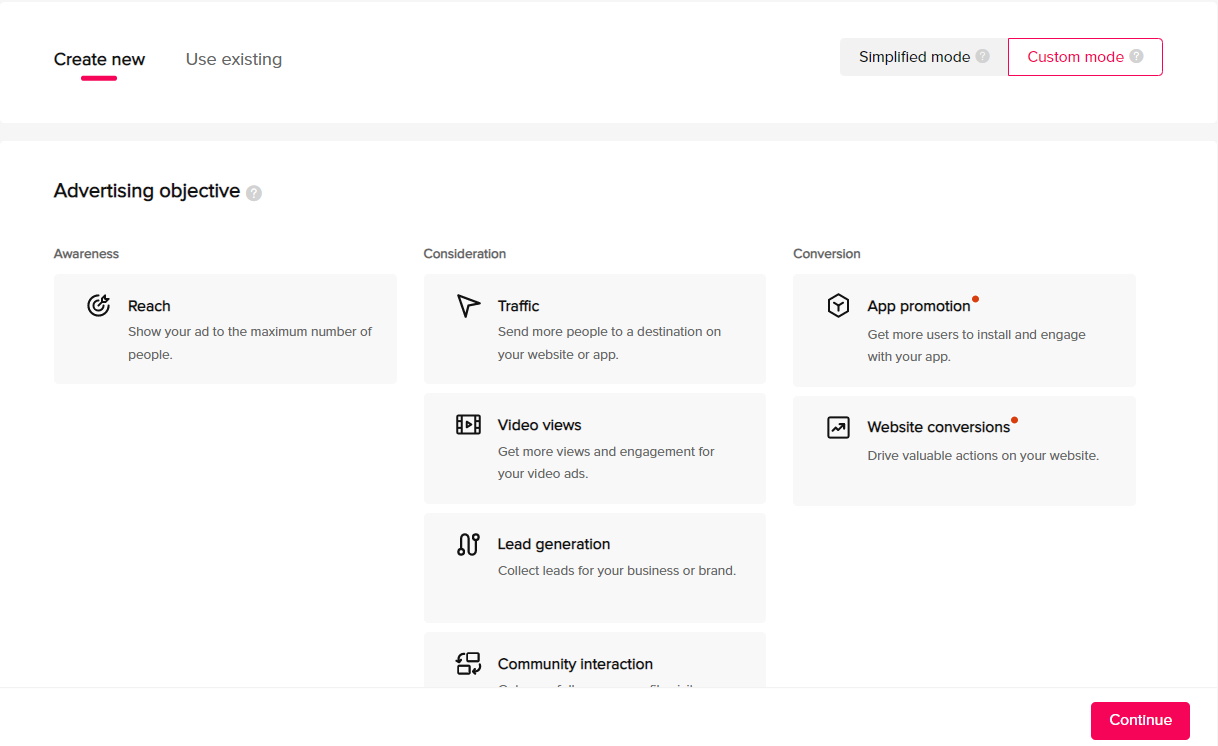As of 2024, TikTok boasts over 1.6 billion active users globally. To help advertisers effectively reach their target audiences, TikTok ads offer advanced tools such as geo-targeting. This feature allows brands to deliver ad campaigns to precise locations using various targeting options.
Quick Summary
- Explains how TikTok Geo-targeting works and how the system identifies user locations for more accurate ad delivery.
- Breaks down all geo options—from country to ZIP code—and when to use broad vs. narrow targeting for better performance.
- Highlights why geo targeting matters, including improved relevance, smarter budget allocation, and more efficient algorithm optimization.
- Shares advanced strategies (ZIP clustering, radius targeting, geo funneling) and practical tips to maximize results using agency accounts and geo-fencing.
What is TikTok Ads Geo-targeting?
TikTok Geo Ads Targeting is one of the TikTok ads targeting options to set up your campaigns. It allows you to deliver ads based on a user’s location—whether at the country, state, city, district, or ZIP code level. The goal is simple: show your ads where demand is highest and avoid wasting budget on areas that won’t convert.

TikTok determines a user’s location using multiple signals, including:
- Device IP address
- GPS data (if permitted)
- SIM card country
- Time zone and device language
- In-app region settings
Using several signals helps the system pinpoint location more accurately, especially for users who travel frequently. From a performance perspective, geo targeting directly impacts:
- CPM, CTR, and conversion rate
- How the algorithm distributes your budget
- Overall campaign efficiency across different regions
TikTok Geo Targeting Options (Updated & Simplified)
TikTok Ads Manager gives you multiple location layers so you can target broadly or narrow down depending on your campaign goals. Below is a simplified overview of the main geo options and how to use them effectively.
Country / Region
- Target users across an entire country or large geographical area.
- Best for: broad reach, awareness campaigns, testing new markets.
State / Province
- Target specific states or provinces within a country.
- Best for: regional brands, businesses serving multi-province areas, balancing reach and relevance.
City
- Reach users in a specific city.
- Best for: local stores, city-level events, high-intent traffic.
District / County
- Target smaller administrative areas within a city or region.
- Best for: hyper-local campaigns, highly targeted promotions, service businesses.
ZIP Code / Postal Code
- Target exact ZIP or postal code areas.
- Best for: precise targeting, neighborhoods with specific demographics, high-income clusters.
- Note: Canada allows only the first 3 postal code characters.
DMA (Designated Market Area)
- Target TV-based media markets commonly used in the U.S.
- Best for: regional media alignment, campaigns synced with offline TV or local broadcast regions.
Important Notes
- Available GEOs depend on your Business Center’s registration region. For example, if your Business Center is registered in Canada, you can only target a limited set of supported countries.
- Personal ad accounts have more GEO restrictions, especially for regions like the U.S., EU, or MENA. Advanced GEO access is typically available for agency accounts.
Quick Tips: Broad vs. Narrow Targeting
- Use broad geo (country/province) when launching a new campaign, gathering data, or running performance-based objectives like conversions or app installs.
- Use narrow geo (city/ZIP) when promoting local events, specific locations, or areas with high-intent audiences.
- Avoid combining GEOs with large CPM differences in the same ad group—this often leads to unbalanced delivery.
Why Geo Targeting Matters for TikTok Ad Performance
Geo targeting plays a critical role in how your TikTok ads are delivered, how much you pay, and how effectively you reach high-intent users in each region. It goes far beyond “showing ads in the right location” — it directly impacts performance signals that the algorithm relies on.

Higher Relevance
When your ads align with the local context—language, culture, interests, or daily habits—users are more likely to watch, engage, or convert. Local relevance sends strong positive signals to TikTok’s algorithm, improving your ad ranking and lowering costs.
Better Budget Efficiency
Different regions have different CPMs, purchasing power, and demand levels. Geo targeting ensures your budget is spent in areas where:
- your audience is most active
- the competition is reasonable
- conversion likelihood is higher
This helps avoid wasting spend in regions that don’t generate results.
Smarter Algorithmic Distribution
TikTok’s delivery system optimizes based on predicted engagement. When geo segments are clearly defined, the algorithm can:
- identify high-performing regions faster
- allocate more budget toward efficient clusters
- reduce learning time for new campaigns
This is especially powerful for eCommerce and lead generation campaigns where performance varies heavily by location.
Localized Conversion Behavior
User intent is not the same across regions—even within the same country.
Some areas convert better, have stronger purchasing habits, or respond to specific creatives.
Geo targeting lets you tailor your ads, messaging, and bidding to match these differences.
>>> Read more: Maximize ROI with TikTok’s Smart+ Campaigns: The AI-Driven Solution You Need
How to Set Up Geo Targeting in TikTok Ads Manager
All the targeting options for TikTok campaigns are at the ad group level. Geo-targeting options are included in the Location part of the settings and can be accessed in both Simplified Mode and Custom Mode.

There are a few simple to set up location targeting in TikTok Ad Manager.
Step 1: Create a new ad campaign like usual

After choosing your preferred mode, choose Advertising Objectives in TikTok Ad Manager, and customize the ad settings.
Step 2: Set up location targeting

Create an ad group with placements, audience targeting, budget, schedule, bidding method, and delivery. This section is where you can choose the targeted location for your ad.
After choosing Placements, TikTok Ad Manager will take you to Demographic settings with the Location part.
Notice that the regions you can target using Location are determined by where you registered your TikTok For Business account.
For example, if your TikTok For Business account is registered in Canada, you can only choose to target:
- Canada (CA)
- Egypt (EG)
- Korea (KR)
- Kuwait (KW)
- Qatar (QA)
- Saudi Arabia (SA)
- Turkey (TR)
- United Arab Emirates (AE)
- United States (US)
Advanced Geo Targeting Strategies
As TikTok’s ad delivery system becomes increasingly algorithm-driven, mastering advanced geo targeting techniques can dramatically improve your campaign efficiency, especially in competitive or multi-region markets. Below are the most effective strategies advertisers are applying in 2025.
1. Layer Geo + Interest + Engagement Signals
Geo targeting works best when combined with behavioral filters like:
- Interest categories
- Video engagement (viewed content, interacted with similar creators)
- Device-level activity patterns
This layered approach helps TikTok narrow down users who not only live in a target area but also match the intent you care about.
2. ZIP Code Clustering for Income or Demographic Variance
ZIP code-level targeting is powerful in industries where purchasing power varies sharply by neighborhood—such as beauty, wellness, real estate, premium electronics, or high-ticket eCommerce. Instead of picking individual ZIP codes, group them into clusters based on:
- income level
- lifestyle behavior
- shopping density
- proximity to physical stores
This allows for more predictable CPMs and cleaner optimization, especially in large metro areas.
3. Radius-Based Targeting for Events and Local Stores
If you’re promoting a pop-up event, restaurant, showroom, or service location, radius targeting is often more effective than selecting individual districts.
Advantages:
- captures both local residents and nearby foot traffic
- better for real-time promotions
- ideal for weekend event campaigns
Pair radius targeting with localized creatives (mentions of the location or venue) to improve engagement.
4. Geo Funneling Strategy
The most efficient way to scale TikTok ads across regions is through a phased funneling approach:
Phase 1 – Broad (Country/Region): Gather data and identify where CPMs and CTRs are strongest. Let the algorithm explore freely.
Phase 2 – Mid (State/Province): Break out regional clusters to see clear performance differences. Start reallocating budget to winning regions.
Phase 3 – Narrow (City/ZIP): Focus on the high-intent pockets that generate conversions consistently. Refine creatives to match local behavior.
5. Cross-Border Targeting for eCommerce and Dropshipping
Targeting across countries requires additional care because:
- CPM varies significantly
- conversion behavior differs
- some GEOs require different creatives, languages, or payment methods
Best practices:
- group countries with similar CPMs
- localize creatives per region
- use agency accounts for regions where personal accounts have restrictions (US, EU, MENA)
This is especially important for cross-border sellers running global TikTok Shop or international eCommerce funnels.
3 Tips to Leverage Location Targeting
Effective location targeting can significantly enhance the performance of your TikTok ad campaigns. Here are three tips to help you make the most of TikTok’s location targeting features:

Rent a TikTok Ad Agency Account
A TikTok ad agency account offers enhanced geo-targeting capabilities, compared to normal accounts. With an agency account, you gain access to advanced features and analytics tools that allow for more precise and flexible location targeting.
For example, agency accounts can often set up complex geographic targeting strategies and analyze location-specific data more effectively, helping you deliver ads that are highly relevant to your target audience.
Leverage Geo-Fencing for real-time engagement
Geo-fencing allows you to create virtual boundaries around specific locations and target users who enter or are near those areas. This is particularly useful for real-time, location-based promotions.
For instance, if you’re hosting a pop-up shop or a local event, you can use geo-fencing to send targeted ads to users who are in the vicinity, increasing the likelihood of immediate engagement and attendance.
Combine multiple location criteria for precision
To refine your targeting even further, combine different location criteria such as city, state, and postal code. This approach allows you to create a more nuanced audience profile and tailor your ads to various geographic segments.
For instance, if you’re promoting a regional event, you might target users in specific cities and their surrounding postal codes to ensure your ads reach the right people who are most likely to attend.
>>> Read more: TikTok Ads Behavior Targeting – Connection to your ideal audience
Wrap-up
In conclusion, mastering TikTok’s location targeting features can significantly boost the effectiveness of your ad campaigns by ensuring your messages reach the most relevant audience. Hopefully, this article has given you some insightful tips on effectively using TikTok Ads’ geo-targeting function.










